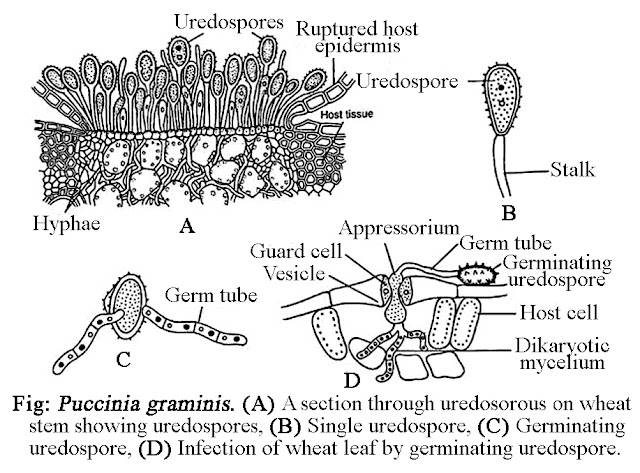ARECACEAE
1. SYSTEMATIC POSITION:
Bentham
& Hooker
Division: Phanerogames (Seed Plants)
Class:
Monocotyledones
Series:
Calycineae
Family: Arecaceae
2. MORPHOLOGICAL
CHARACTERS:
Habit
– A tall, woody unbranched stem bearing a crown of leaves. Some palms are
climbing.
Leaves
– Large with well developed petiole, pinnately (feather palm) or palmately
(fan palm) divided.
Inflorescence
– Simple or compound spadix, compound spike or profusely branched panicle,
enclosed by one or more spathes.
Flower
– Unisexual, mostly monoecious, actinomorphic, hypogynous, sessile,
bracteate.
Perianth
– Tepals 6, arranged in two whorls, leathery and fleshy, persistent.
Androecium
– Stamens 6, in 2 whorls, filament free or connate, anthers dithecous,
versatile.
Gynoecium
– Tricarpellary, apocarpous or syncarpous, superior, trilocular, ovules 1-2
in each loculus, style short.
Fruit
– Berry or drupe.
4.
COMPARATIVE
SYSTEMATIC POSITION AND AFFINITIES:
Bentham &
Hooker have placed the family Arecaceae under the series Calycinae. Engler
& Prantl have placed this family under the order Principes, Hutchinson in
the order Palmales while Takhtajan, Cronquist and Thorne in the order Arecales.
Arecaceae
is closely related to Araceae. According to Hutchinson, Arecaceae is allied to
Pendanaceae on one hand and Agavaceae on the other. He believed that Arecaceae
probably originated from Agavaceae. Takhtajan and Cronquist opined that because
of the presence of unisexual inconspicuous flowers developing in spadix in both
Arecaceae and Araceae, the two families are closely allied.
The
Arecaceae is also considered to be closely related to Liliaceae. The habit of
palms resembles those of Dracaena, Yucca,
etc. The structure of the pollen grains in the palms and Dracaena are essentially similar. The characters of Arecaceae like
perianth segments and stamens in two series as well as a tricarpellary superior
ovary recall the similarities with those of Liliaceae.
5.
ECONOMIC
IMPORTANCE:
1. The
climbing species of Calamus are also
known as canes which is used for making sticks, chairs, baskets, mats, boxes,
etc.
2.
The fruit of Cocos nucifera is well
known to all – the endosperm and cotyledon of seeds are eaten raw. The dried
endosperm yields oil of commerce. The water, which is also a part of endosperm,
is used as shooting drink. The fibrous mesocarp of fruit is used in making ropes,
bristles of brushes, mats, carpets, etc.
3. The seeds of Areca catechu also known as betel nuts which are chewed along
with the betel leaves.
4. The sugery juice, also known as toddy, is obtained from young shoot-tips
of Borassus flabellifer and Phoenix sylvestris is used for making
sugar (gur) and local alcoholic drink
(tari).
5. Many species Palmae are
cultivated as ornamental garden plants such as Roystonea regia (royal palm), Ptychosperma
macartheri, Levistana chinensis (Chinese fan palm), Chamaerops humilis (European fan palm), etc.
*************





Comments
Post a Comment